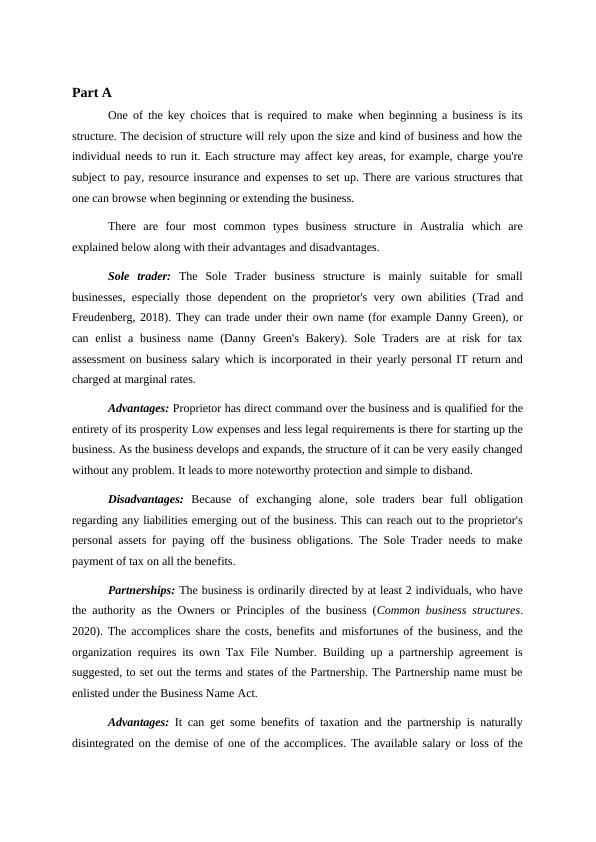Types of Business Structures in Australia
Added on 2023-01-07
6 Pages1283 Words24 Views
End of preview
Want to access all the pages? Upload your documents or become a member.
(Solved) Business Law - Assignment
|16
|3531
|110
Different Business Structures in Australia: Sole Trader, Partnership, Joint Venture, Trust, and Company
|11
|2780
|308
Accounting for Business: Sole Traders, Partnerships, Companies, and Long-Term Sources of Finance
|6
|1416
|335
Understanding Business Organisation Essay
|7
|1832
|206
Article on Business Environment of an Organization
|30
|10841
|29
Choosing the Best Business Structure for Expanding Your Business: A Comprehensive Guide
|8
|2504
|325



